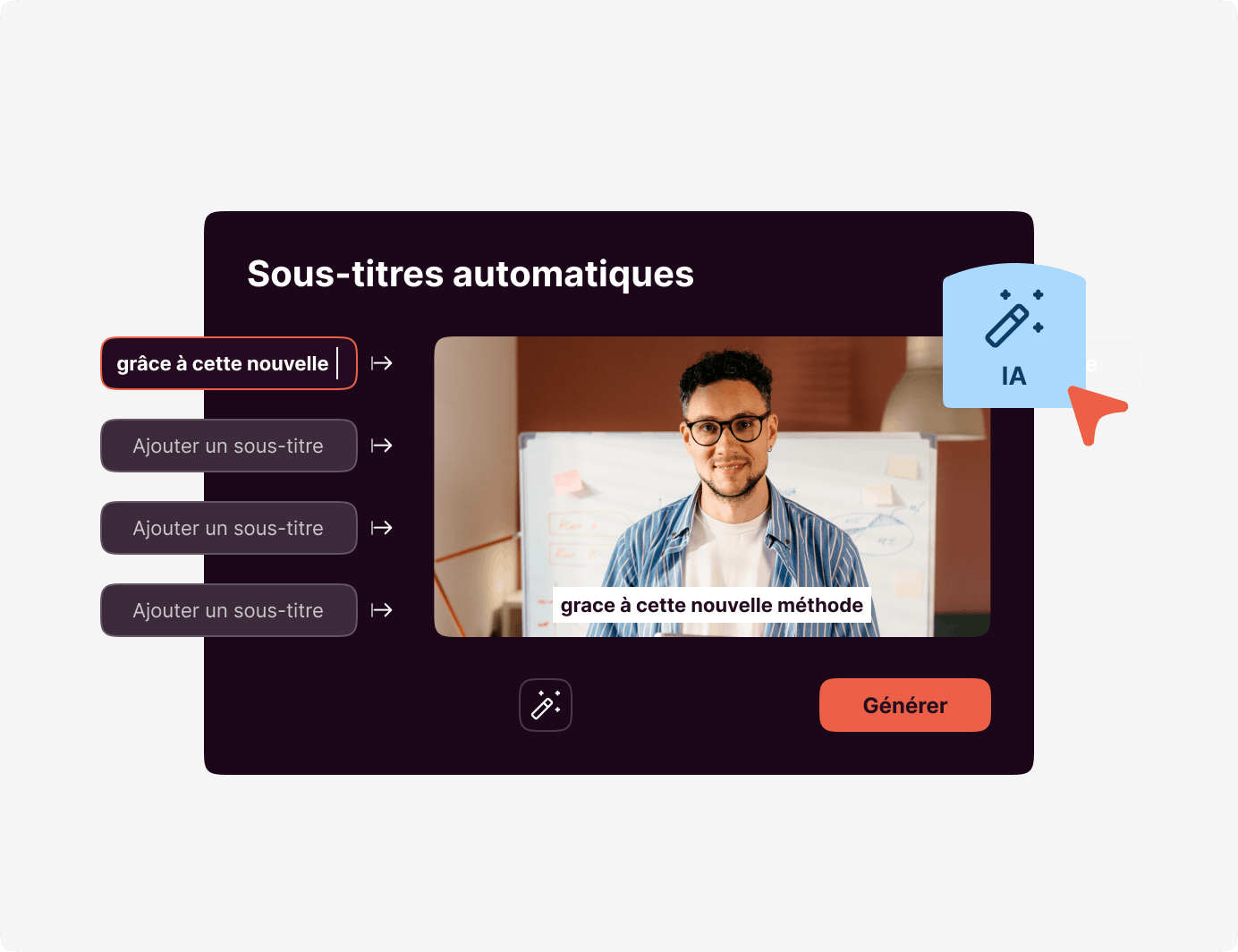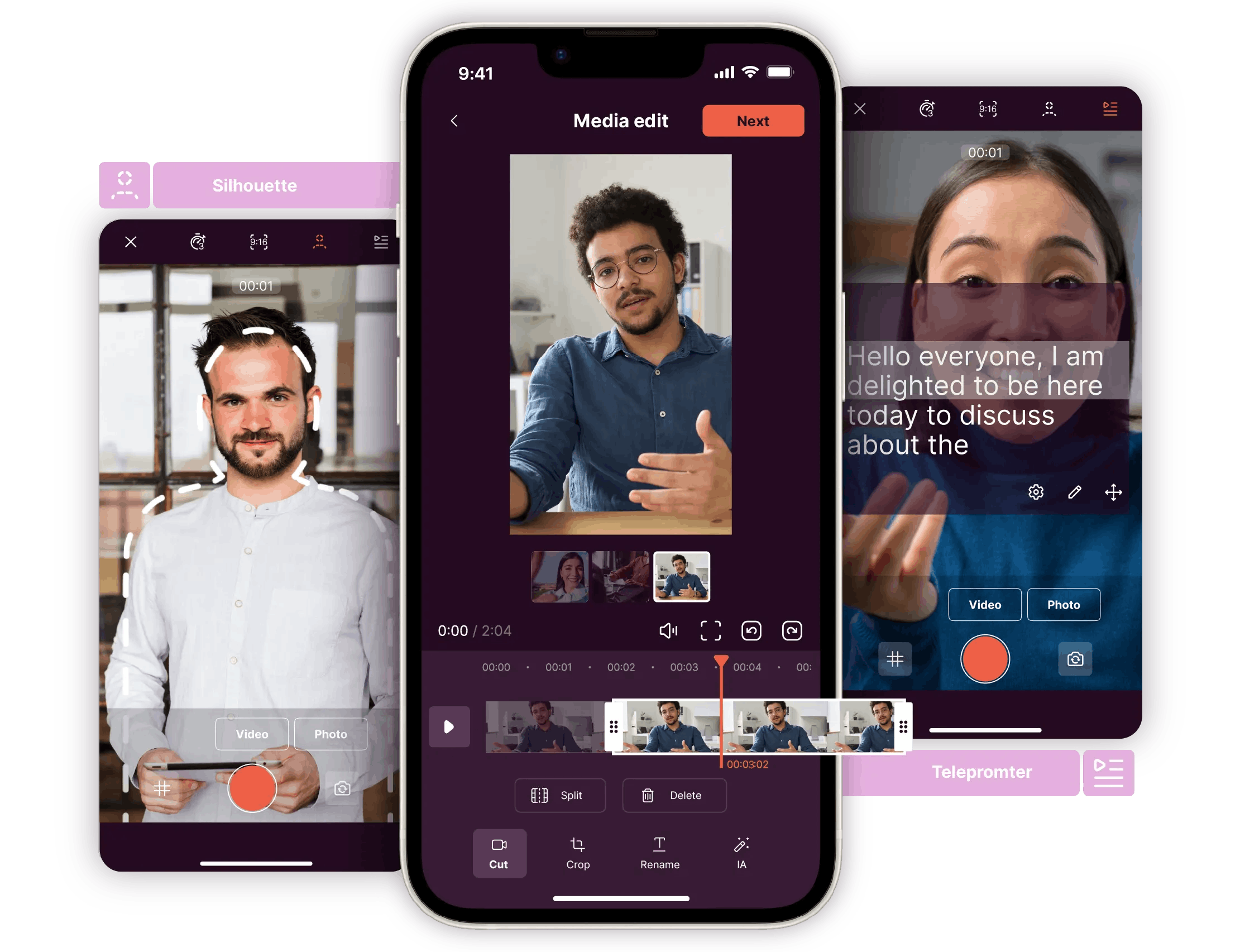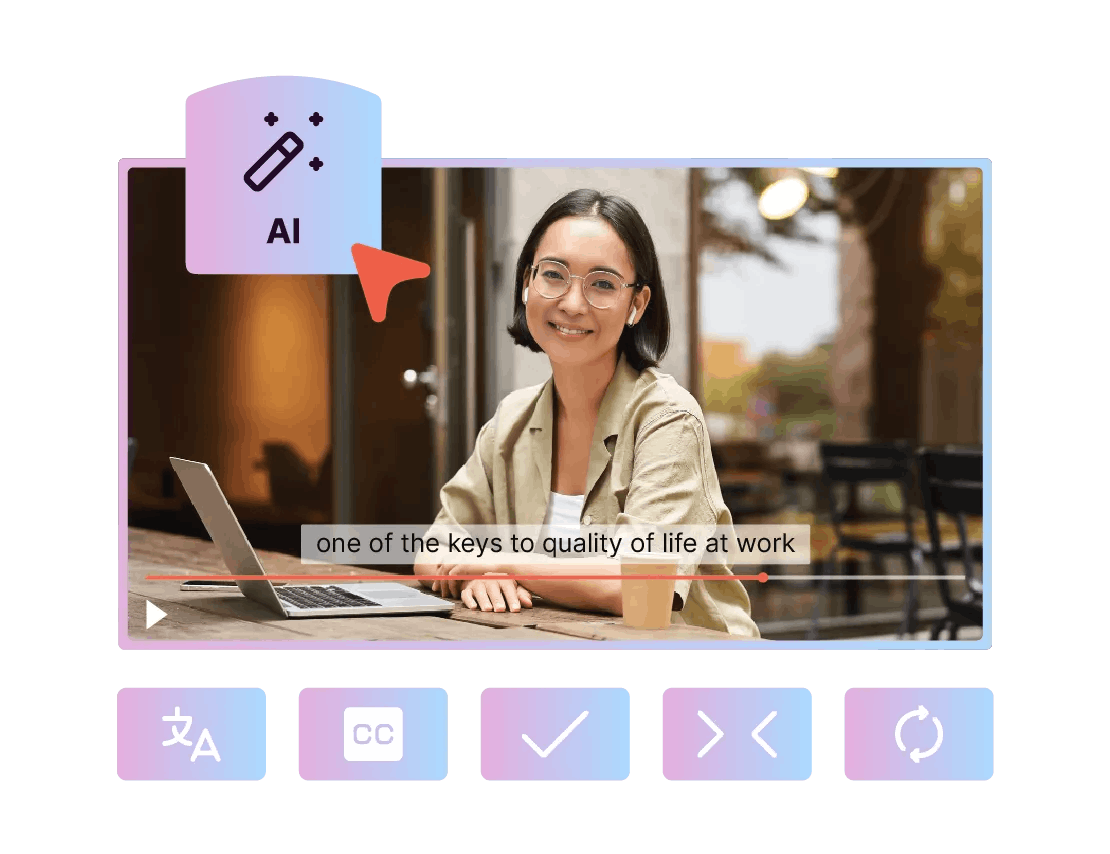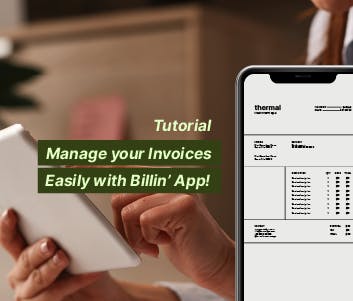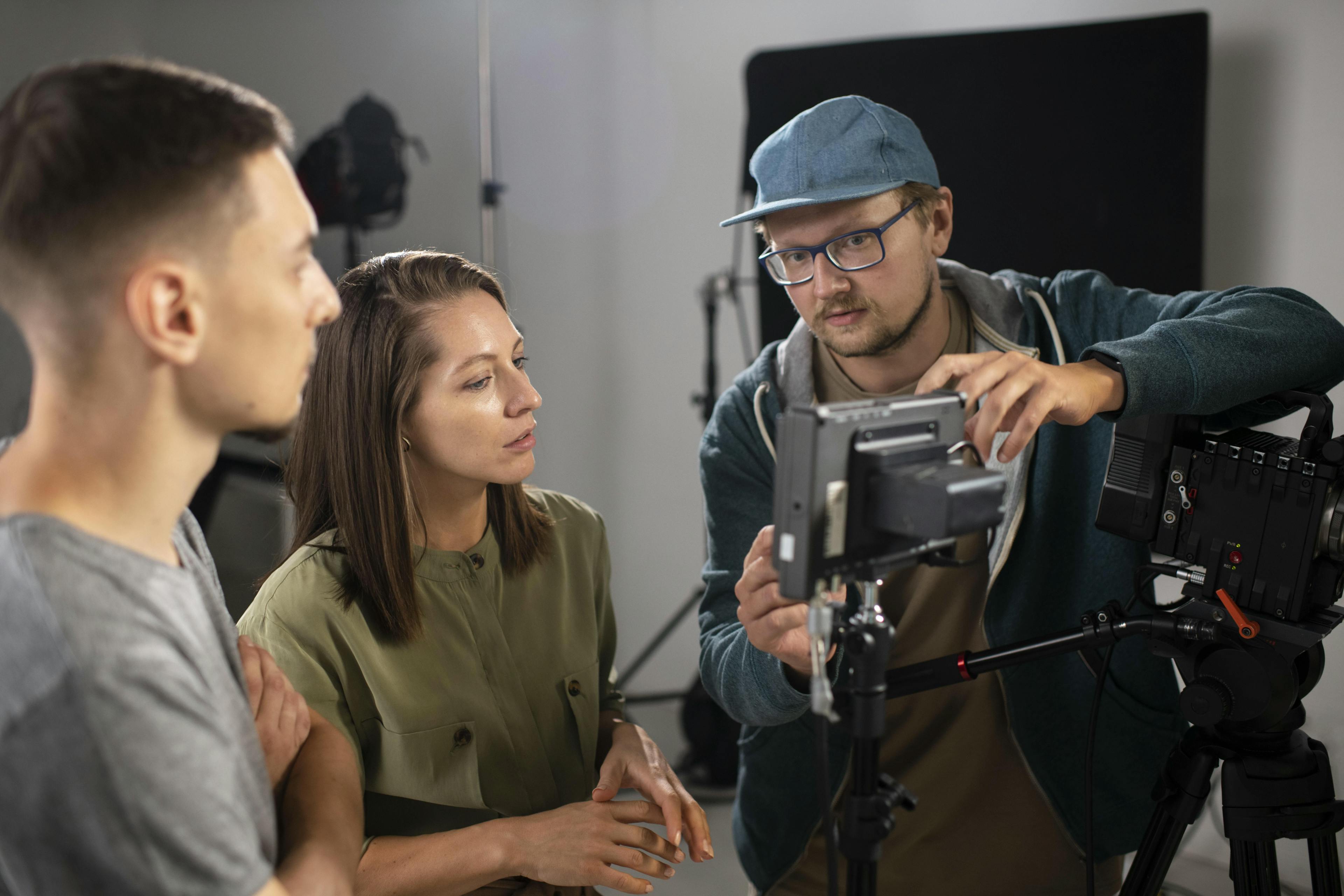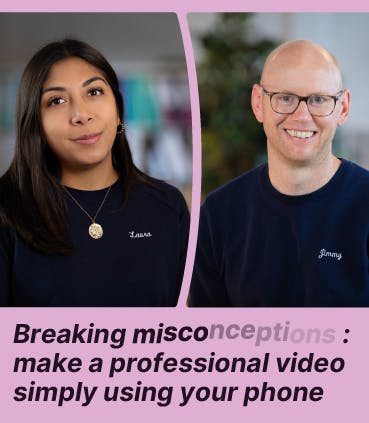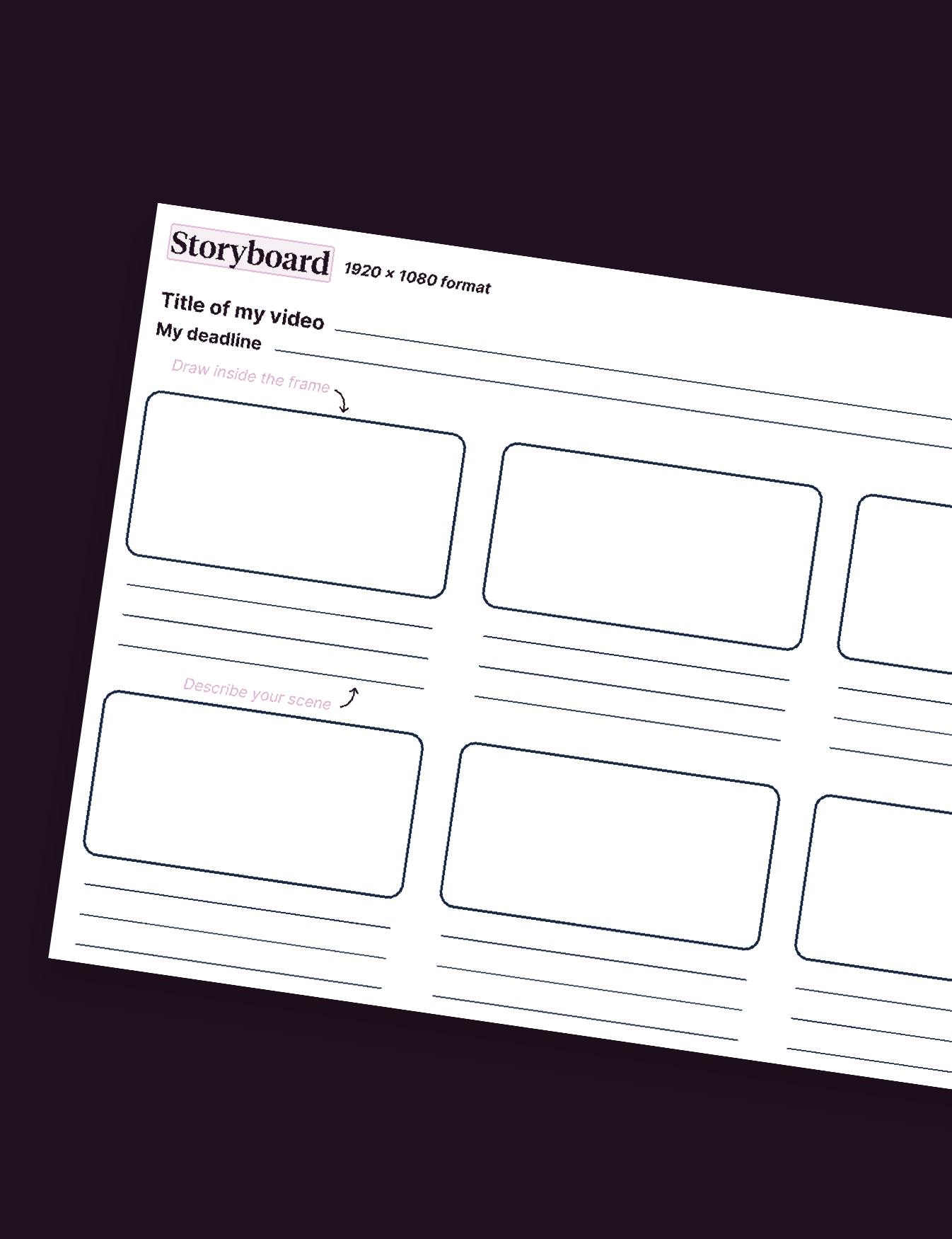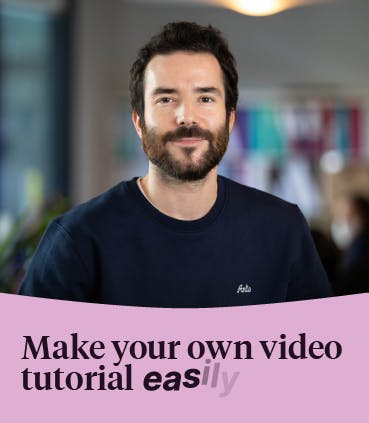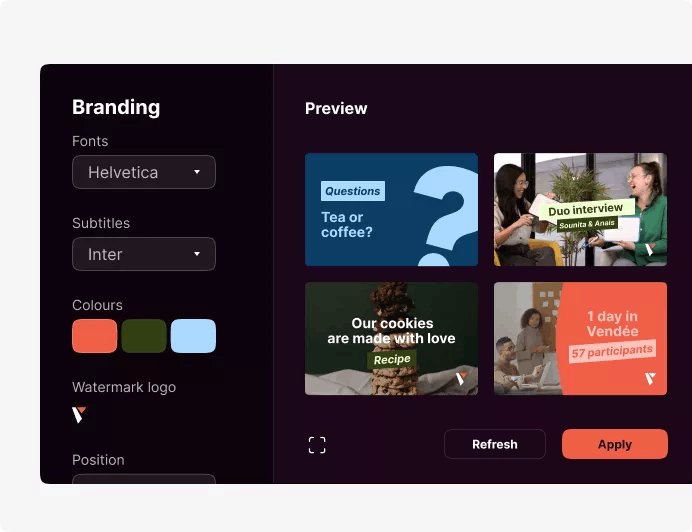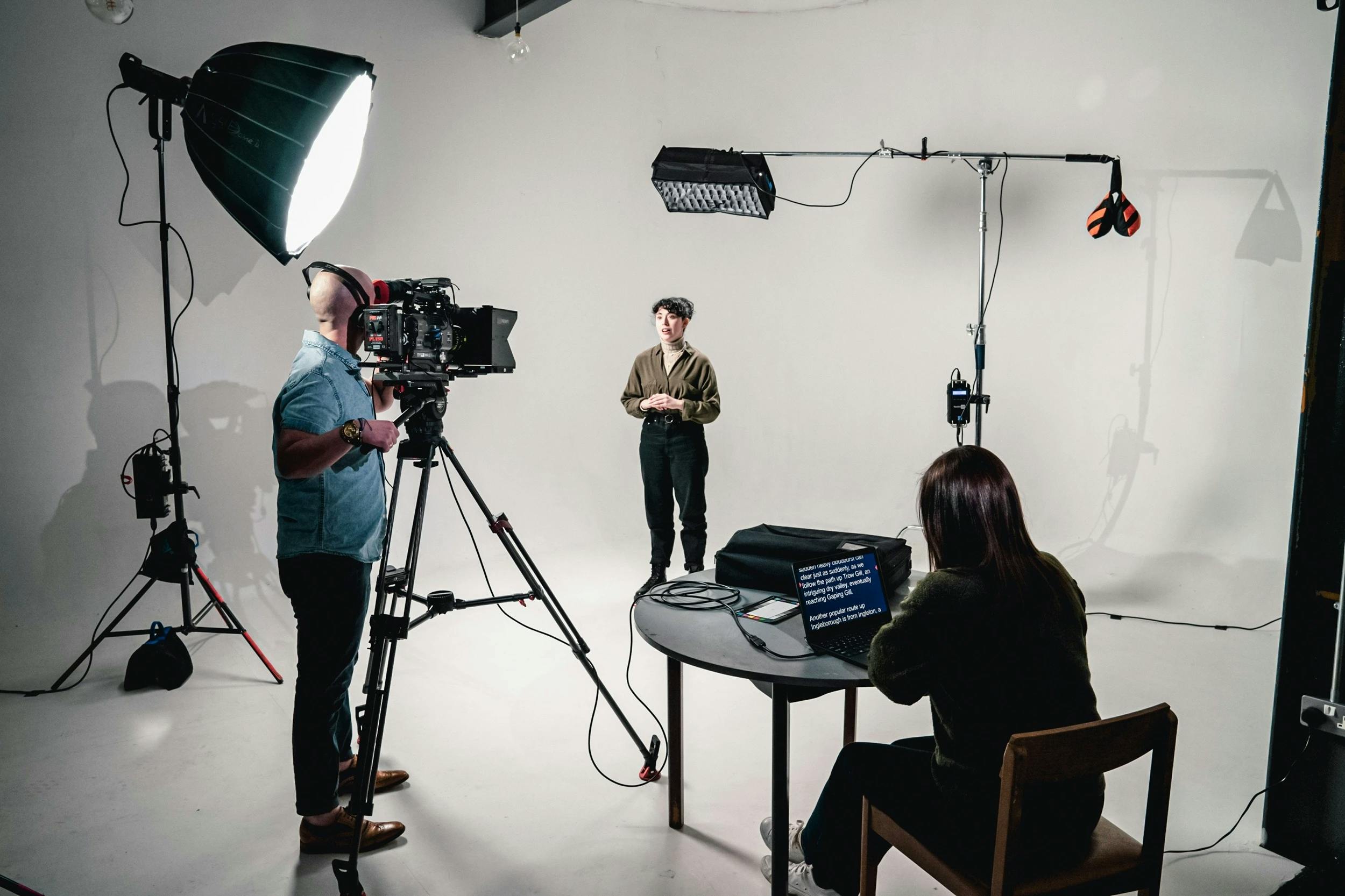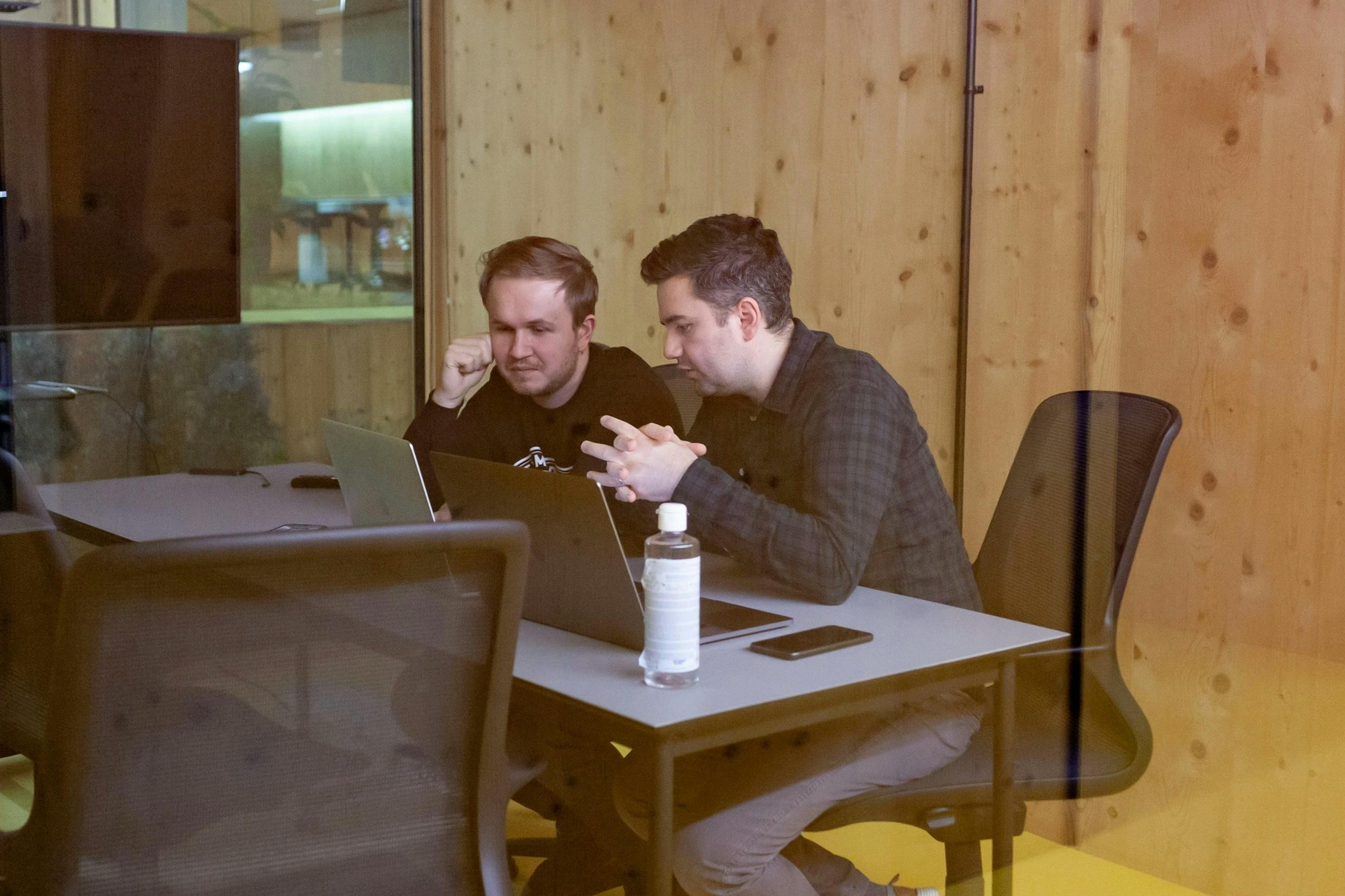Collaborator interview: tutorial to make your video
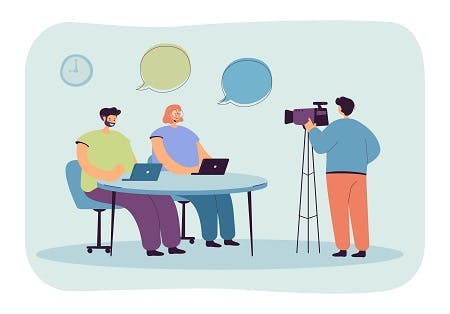
How do you write your script? How do you prepare what you are going to say? How do you prepare your filming location? How do you coach your employee in front of the camera? Our best practices are explained in this tutorial written by our video experts.
VIDEO INTERVIEW: CAMERA OFF
Briefing: determine the message(s) of the employee interview
The communication objective must correspond to the central message of your video. Here are a few questions to answer before you start producing your employee interview:
What is your core message?
Are there any side issues we should cover?
Is there important information to highlight (dates, figures, images, videos, etc.)?
What can the speaker bring in terms of message?
What additional value will the video format bring?
What elements must be mentioned? Example: the key message.
What elements can be integrated into the video’s skin? Example: the position and name of the interviewee, values of the employer, messages to candidates,
And how to avoid technical difficulties?
Our tips: Wanting to say too much makes the speech incomprehensible. Limit yourself to one key message.
The staff: conduct the casting before the interview
Depending on the message you choose, you will certainly have a choice of several motivated collaborators.
Here are some questions to help you refine your casting:
- Who is the best person to speak on this topic?
- Does this person have the qualities to be comfortable in front of the camera? (concentration, conciseness, expertise on the subject of the interview),
- Does this person have sufficient availability?
Our advice: people who are most comfortable speaking are not necessarily comfortable on camera. Going on camera is a very special communication exercise. It is preferable to choose a collaborator who is more shy in appearance but who expresses himself in a concise way rather than a charismatic person who makes long sentences.
How to write the interview?
Here are some writing guidelines for a successful interview:
List the ideas you want to zoom on and put forward. Depending on your communication objective, organize your interview into sequences. Each sequence will be the subject of a question.
Do not write the entire speech. On the contrary, use bulleted points. Writing everything down means you have to learn by heart. And on the big day, you may stumble over a sentence. Trust yourself. You have been chosen because you are a reference on the subject. Bullet points are reminders that will help you on D-day. You can consult them between each shot.
Be sure to watch the timing. Each answer must be “timed”. The video must be consistent in its content over time. Make sure you respect what has been planned to avoid an unbalanced interview.
Our advice: even if you are the project manager, make sure that the person who faces the camera writes his or her own speech (with your help). For people with little experience, writing the statement for them is completely counterproductive. The work of appropriation will be heavier than letting them write the speech.
Prepare yourself mentally to speak during the employee interview
You need to adopt certain reflexes when facing the camera. The exercise is not rocket science, but you still need to :
Compensate for stage fright by working: “Stage fright comes with talent” as the saying goes. To overcome this difficulty, there is only one solution: prepare your speech. The more you practice, the better the interview will go.
Relax the situation with the interviewer: you are not doing a live broadcast. Therefore, all mistakes are allowed. Let go and accept the possibility of making a mistake. It is even possible that one of your shots, judged unsatisfactory during the shooting, will be used in the editing.
Our advice: speaking on camera is a difficult exercise. But it is an exercise where each iteration allows you to improve.
Locations and settings for the interview
Some operational advice to set up a suitable shooting environment.
Choose a bright location (natural light) to which a set of LED lights, softboxes for example, located near the camera will complete the device.
Fix your smartphone on a tripod and focus (it can be automatic on most devices).
Be sure to choose a quiet environment. The acoustics of an empty room is not a problem if you use a lapel microphone, and listen with headphones.
Make sure there is nothing lying around (next to the interviewee or behind their back).
Plug in and test the lapel mic with a second smartphone. Make sure it is not being interfered with by clothing or accessories.
CAMERA ON
Filming the interview with a collaborator
Make sure you have stabilized and prepared your main shot. Put your smartphone in airplane mode and configure it to avoid a standby mode that could compromise part of the capture. Are you done? Good, you are now a media coach.
Our best practices for coaching your collaborator:
- Explain that there will be several takes anyway;
- Make sure the lighting is good,
- Let the speaker finish even if the text is not perfect;
- Do not interrupt or distract him/her;
- Do not interrupt or distract the speaker; Offer to do the take in several takes;
- Prefer to shoot in small groups.
Speaking on camera during the interview
The challenge for your interview is twofold. It is a question of delivering a clear and intelligible message and embodying it to better capture attention.
Our best practices:
You must invite your interviewer to :
- Start by taking a deep breath;
- Do not speak too quickly and take your time in diction;
- Repeat a take several times; the intensity and the intention vary from one take to another;
- Accept that no two takes will ever be identical;
- Stay focused until the end.
Our advice: combine precision and conciseness when recording on camera. The ideal is to use simple sentences: subject – verb – complement. The more concise the subject, the more your message will be understood.
Manage your body language and voice during the interview
Albert Mehrabian, professor of psychology at UCLA, wrote in 1967 that 93% of communication is non-verbal. He thus theorized the famous “3 V’s” rule (verbal, visual and vocal). According to this rule :
7% of communication is verbal (through the meaning of words)
38% of communication is vocal (through the intonation and sound of the voice)
55% of communication is visual (through facial expression and body language).
Non-verbal communication says as much as verbal communication. Gestures and intonation are just as important as the delivery of the intended text.
Our best practices :
- Have your hands open in movement to mark an opening to the other;
- Choose a standing position for dynamism / or a sitting position for solemnity or intimacy;
- Smile well; it is better to slightly force and exaggerate because the camera attenuates the emotions readable on a face;
- Choose an outfit that does not have small checks or lines on the clothes;
- Make closed sentences with an intonation that closes each sentence to clarify the message.
- When you talk to someone, you look them in the eye. Keep the same logic and ideally look at the camera or at a point slightly above the camera. You can also look at a person near the camera.
What to do if you lose your nerve during the interview?
What to do when your collaborator panics and stammers his text? Our best practices are as follows:
Best practices:
You must persuade the interviewer to :
- Accept that you are not a professional;
- Go to the end of the takes even if you feel you are bad; the result can be quite satisfactory;
- Take a break, clear your head;
- Stay focus, avoid distractions,
- Divide a long take into several short ones to make it easier to speak;
- Change and adapt the text if necessary.
Final precautions to facilitate the video editing of the employee interview
Editing and post-production will be easier if you keep this checklist in mind while recording your interview:
Multiply the takes on the same sequence to give yourself the luxury of choosing the best one.
Check the sound during the recording. A recording with bad sound is difficult to use. Unless you stick a new recording to your capture. A delicate exercise to make the sound coincide with the image.
Do several takes in one go if the person in front of the camera is in a good dynamic.
If you have reached this point, you are ready to make your video with our technology! It’s up to you to do it!
Do you want to make an interview in your company, with a simple software? Ask for a demo from Pitchy!
Resources
